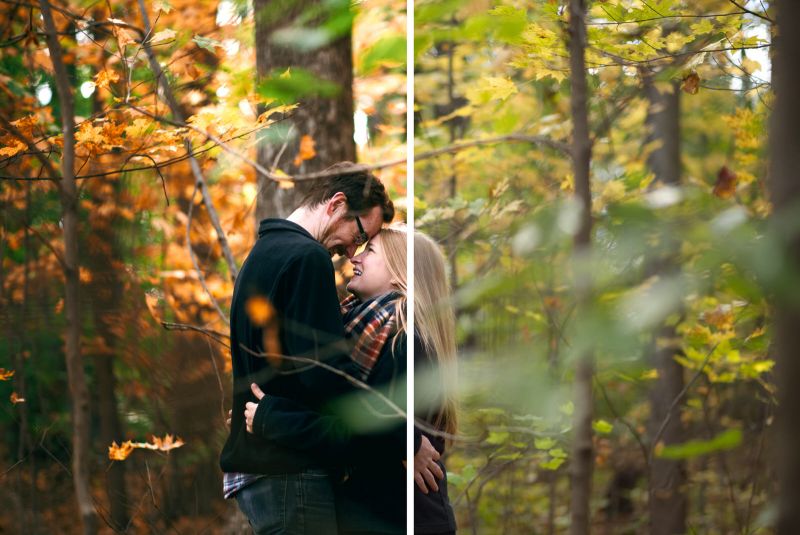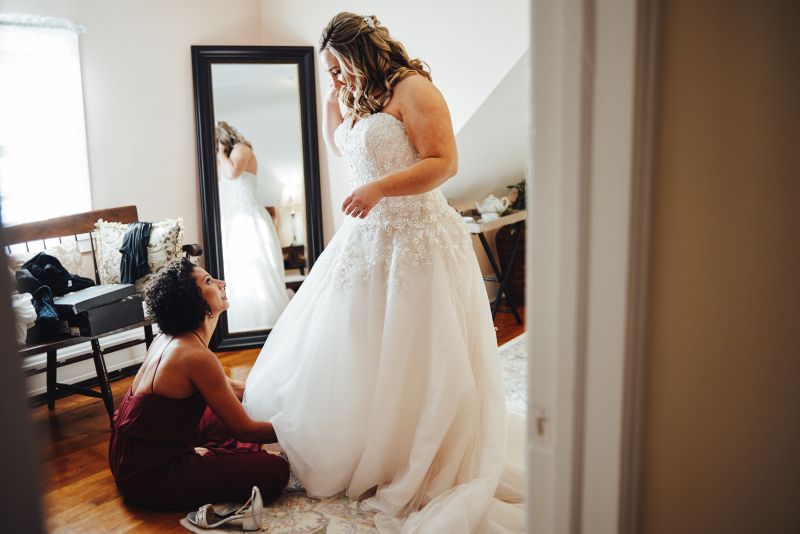
Over the last several years, Adobe has put a major emphasis on color management and paralleled edits that span across programs in their suite and through your devices; workflows are even built upon this nearly seamless transition between CC applications. Yet, Adobe seemingly holds most photographers creative processes hostage via its ransomware they call, the Creative Cloud.
[REWIND: New Capture One Film Styles Pack | Emulated Color, Contrast, and Texture of Film Stocks]
Where Adobe towers among its competitors is its extensive third-party support for add-ons and presets, Capture One has taken the initiative to create their own ‘Styles’ to both entice converts and long times users. However, despite the efforts, photographers still clutch to their go-to ‘film-like’ presets from the likes of Mastin Labs, VSCO, RNI, as well as our Lightroom Presets at SLR Lounge. Getting these presets out of the walled garden of Lightroom is relatively an easy task, getting them in Capture One is another story entirely. But you can.

Despite Adobe’s best efforts in color management and media organization, Capture One still remains the superior RAW developer. Images seem to ‘pop’ out of the gate and their astounding color editor tool is second to none. Like some sort of Stockholm syndrome, photographers have defended Adobe and their decisions for years, however, with the latest debacle of Lightroom CC/Classic, photographers are beginning to second guess their allegiances, which has thrown Capture One (typically a more professionally geared tool) into the sightline of LR users – many of which are looking to get their presets into C1. To do so, one must understand LUTs.
What is a LUT?
*As we have outlined previously, there is a plugin that converts all of the color information within a preset, including contrast, brightness, gamma, into a LUT.
[RELATED: How To Create LUTs From Lightroom Presets To Use In Affinity, DaVinci Resolve, & Photoshop]

A LUT, or ‘Look Up Table’, for those unaware, is like a preset, in that it imposes a specific ‘look’ on a source image or video. These ‘color presets’ can be used to bring back contrast, add color, or even change a color space entirely. Applications like Affinity Photo and Davinci Resolve are able to use LUTs natively, but unfortunately, Capture One doesn’t support LUTs. Instead, it relies on ICC color profiles, but LUTs can be converted for use into ICC color profiles for use in Capture One which we’ll get into here.

Lightroom Presets in Capture One
The ICC Profiles in Capture One expertly represent the color characteristics of specific cameras under normal lighting conditions. Inside the raw editor, you can modify these profiles to your need, making certain colors pop, shifting hues, changing luminance, et cetera. Sound familiar? For the purposes of color manipulation, ICC profiles themselves can be considered a superset of a 3D LUT. With the right software, LUTs can be converted and be used within Capture One.
Briz LUT Converter is a handy piece of software that allows the user to convert 3D Luts from ARRI, Blackmagic DaVinci Resolve, FilmLight Truelight, Technicolor and Nuke to 1D LUTs from Fugo, Shake, Cine-tal, Codex, Sony SRW-1, Fusion, Arriscan, Scratch, and vice-versa. With their latest version, the end-user can create ICC Profiles from any LUT format supported. While this may seem fantastic news, there is no such thing as a free lunch.

Using Briz LUT converter, it is recommended to use, at max, a 3D Lut with a 100x100x100 color grid. A 100x100x100 3D LUT consists of a million color changes and is overkill for most video work under 8K, but when most cameras in the market at pushing 20+ megapixels it helps to have the latitude. During the conversion, you want to export the files as ‘input’.
The converted ICC profiles themselves are applied directly to the images the way a camera profile would be. The only way to modify the look of these profiles in C1 is the curve in Base Characteristics or the Curve tool.
[RELAtED: Capture One 11 Tutorial | The Basics Of ‘Base Characteristics’]
Comparison
Enough about the science in how to convert presets, how do they look? Below are a few sample images. Each image is edited in Lightroom with popular Lightroom film presets and then edited in Capture One with the corresponding conversion. Do keep in mind that you can tweak these to look just as you like.
TEST 1



TEST 2



TEST 3



Other Images
A post shared by Justin Heyes (@jheyesphoto) on
A post shared by Justin Heyes (@jheyesphoto) on
A post shared by Justin Heyes (@jheyesphoto) on
Conclusion
For well over a year, I have been using a converted Lightroom preset for my professional wedding work without any issues. When importing my images, about 90% of the color adjustments are done before even touching a slider. Briz LUT Converter is available for both macOS and Windows, but ICC profile creation is Windows only for the time being.
Other LUT-based options offer a similar function, but you are limited to their presets, many of which are not conducive to beauty and fashion work and are meant for flat images. Good news for anyone looking to step away from Adobe, for around $50 you can create ICC profiles for Capture One from the ever-expanding collection of already existing Lightroom Presets.




Get Connected!